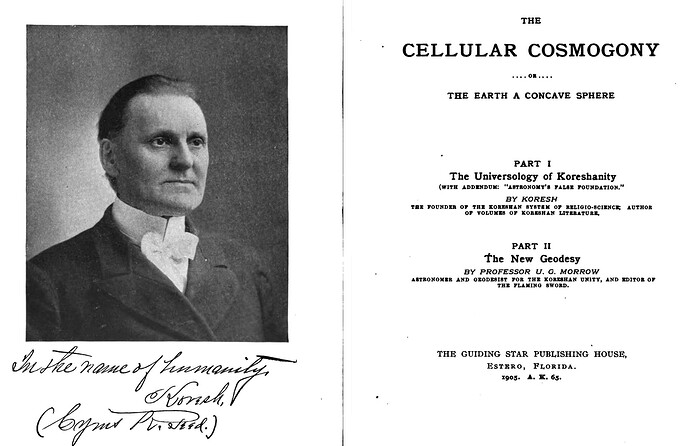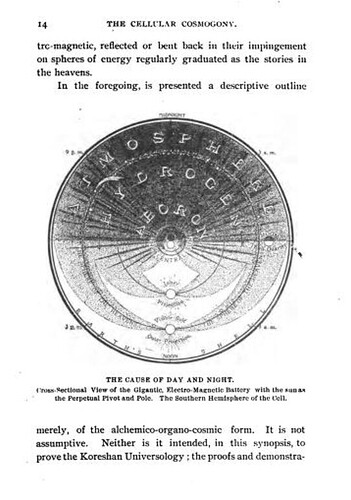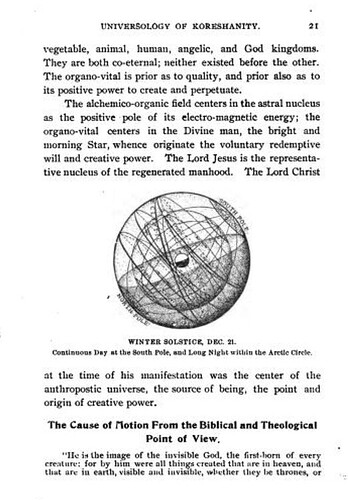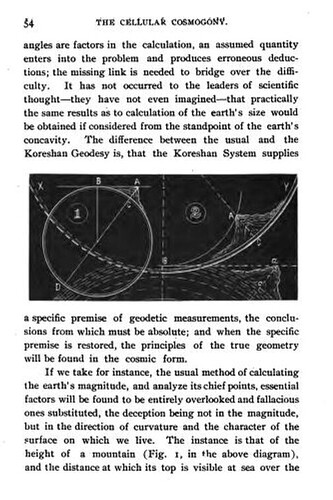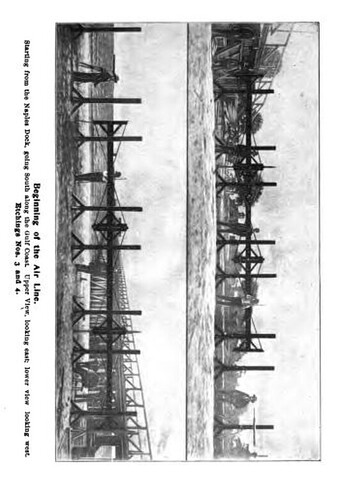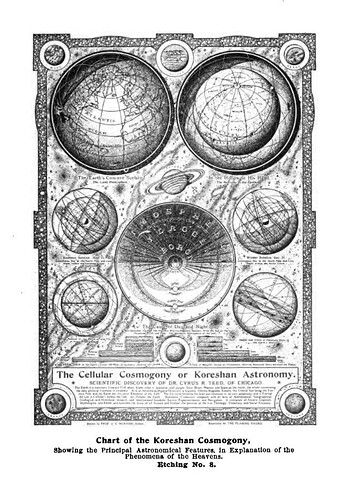Cellular Cosmogony
Download the Book
The cellular cosmogony, or, The earth, a concave sphere, Part 1 - Koresh, Ulysses G. Morrow.pdf (6.2 MB)
Introduction to the Book
Cellular Cosmogony, written by Cyrus Reed Teed (also known as Koresh), is a foundational text that lays out the principles of the concave Earth theory. Published in 1898, the book presents a detailed exploration of the hypothesis that humanity lives on the inner surface of a hollow sphere, with the cosmos situated within this spherical structure. This work represents a significant cornerstone in the study of alternative cosmologies and provides a framework for investigating the concave Earth model.
About the Author
Cyrus Reed Teed was a 19th-century physician, alchemist, and spiritual thinker who founded the Koreshan Unity, a community centered on his unique scientific and spiritual ideas. Teed’s work blends scientific inquiry with metaphysical insights, culminating in his groundbreaking hypothesis presented in Cellular Cosmogony.
Key Themes and Concepts
1. The Cellular Earth Hypothesis
Teed’s model posits that:
- Humanity resides on the inner surface of a spherical Earth.
- The Sun, Moon, stars, and other celestial bodies exist within the central void, moving within a fixed celestial sphere.
- This framework redefines fundamental concepts of gravity, light, and celestial motion.
2. The Role of Perception
The book explores how light bends within the concave structure, creating optical illusions that give the appearance of a convex surface and infinite space.
3. Scientific and Philosophical Integration
Teed integrates physics, astronomy, and spiritual philosophy to argue for his model. His theories challenge mainstream scientific principles of the time while proposing alternative interpretations of natural phenomena.
Chapter Overview
Here is a breakdown of the chapters and the primary topics they cover:
Chapter 1: Introduction to the Koreshan System
- Lays out the foundational principles of the cellular Earth model.
- Introduces the concept of perception as a limiting factor in understanding cosmology.
Chapter 2: The Nature of Light and Optics
- Discusses the bending of light in a concave structure.
- Explains how these optical phenomena contribute to misconceptions about Earth’s shape.
Chapter 3: Redefining Gravity
- Challenges conventional gravity theories.
- Proposes an alternative mechanism where forces operate within the hollow sphere.
Chapter 4: The Celestial Sphere
- Describes the arrangement and motion of celestial bodies within the inner cavity.
- Explores the fixed nature of the celestial sphere.
Chapter 5: Philosophical Implications
- Examines the spiritual and metaphysical significance of the concave Earth model.
- Argues for a harmonious relationship between science and spirituality.
Why Read Cellular Cosmogony?
This book provides an in-depth exploration of a radical alternative to mainstream cosmology. It challenges readers to:
- Question the assumptions underlying conventional scientific models.
- Explore the intersections of science, philosophy, and spirituality.
- Investigate how perception influences our understanding of the universe.
Purchase this book
Related Topics
- The History of the Koreshan Unity
- Light and Optics in the Concave Earth Model
- Modern Investigations into Concave Cosmology
Dive into Cellular Cosmogony to explore the groundbreaking ideas that continue to inspire inquiry and debate within alternative cosmological research.
